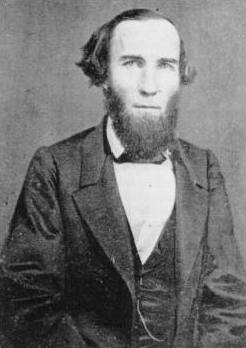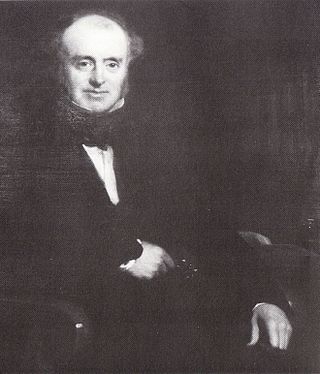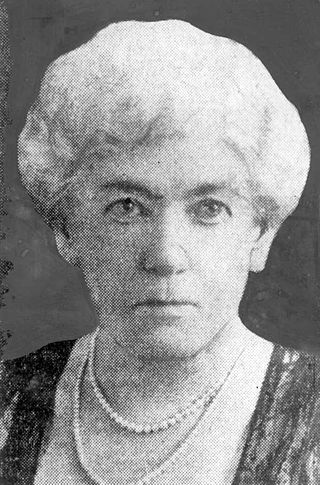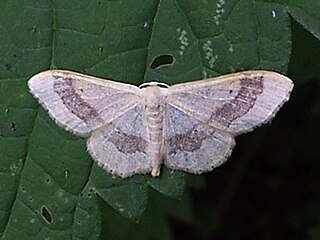The Walker Tariff was a set of tariff rates adopted by the United States in 1846. Enacted by the Democrats, it made substantial cuts in the high rates of the "Black Tariff" of 1842, enacted by the Whigs. It was based on a report by Secretary of the Treasury Robert J. Walker.

The Provisional Congress of the Confederate States, fully the Provisional Congress of the Confederate States of America, was a unicameral congress of deputies and delegates called together from the Southern States which became the governing body of the Provisional Government of the Confederate States from February 4, 1861, to February 17, 1862. It sat in Montgomery, Alabama, until May 21, 1861, when it adjourned to meet in Richmond, Virginia, on July 20, 1861. In both cities, it met in the existing state capitols which it shared with the respective secessionist state legislatures. It added new members as other states seceded from the Union and directed the election on November 6, 1861, at which a permanent government was elected.

LeRoy Pope Walker was the first Confederate States Secretary of War.

The Guards Crimean War Memorial is a Grade II listed memorial in St James's, London, that commemorates the Allied victory in the Crimean War of 1853–56. It is located on Waterloo Place, at the junction of Regent Street and Pall Mall, approximately one-quarter of the way from the Duke of York Column to Piccadilly Circus.

James Walker was an influential British civil engineer and contractor.

Francis Walker was an English entomologist. He was born in Southgate, London, on 31 July 1809 and died at Wanstead, England on 5 October 1874. He was one of the most prolific authors in entomology, and stirred controversy during his later life as his publications resulted in a huge number of junior synonyms. However, his assiduous work on the collections of the British Museum had great significance.

Dame Eadith Campbell Walker was an Australian heiress and philanthropist.

James Alexander Walker was an American lawyer, politician, and Confederate general during the American Civil War, later serving as a United States Congressman for two terms. He earned the nickname "Stonewall Jim" for his days as commander of the famed Stonewall Brigade. Walker is the first graduate of the Virginia Military Institute to serve as Lieutenant Governor of Virginia. He was expelled from the Institute weeks before graduation in 1852 amidst a bitter dispute with then-mathematics professor Thomas Jackson, but was granted his degree in 1872 in recognition of his military service in the American Civil War.

Walker Brooke was an American politician who served as a Deputy from Mississippi to the Provisional Congress of the Confederate States from 1861 to 1862. He was also a U.S. Senator from 1852 to 1853, representing the state of Mississippi.
Richard Wilde Walker was an American politician.

Idaea, sometimes called Hyriogona, is a large genus of geometer moths. It was erected by Georg Friedrich Treitschke in 1825. They are found nearly worldwide, with many native to the Mediterranean, the African savannas, and the deserts of western Asia.

Dichromodes is a genus of moths in the family Geometridae first described by Achille Guenée in 1857. The type species is Dichromodes ainaria.

Eucyclodes is a genus of moths in the family Geometridae. According to the Catalogue of Life as of March 2017, only E. buprestaria is included in the genus. Other species are categorized into Chloromachia.

Scopula is a genus of moths in the family Geometridae described by Franz von Paula Schrank in 1802.

Oenochrominae is a subfamily of the moth family Geometridae.

Adeixis griseata is a species of moth of the family Geometridae. It is endemic to New Zealand and has been collected in the North, South and Chatham Islands. This species inhabits poorly drained or swampy areas. As at 2017 the host plant of this species is unknown however it has been hypothesised that the host plant may be Schoenus brevifolius or another common sedge. Adults have been observed on the wing from October until January.













